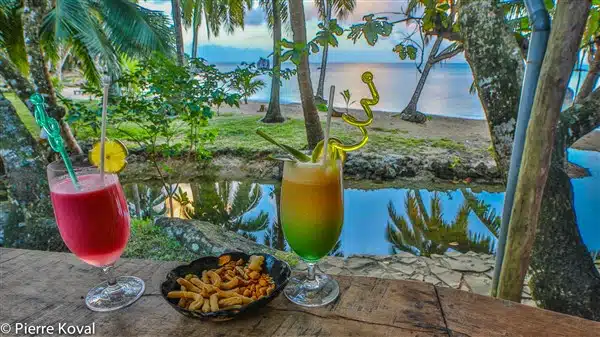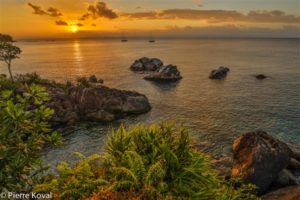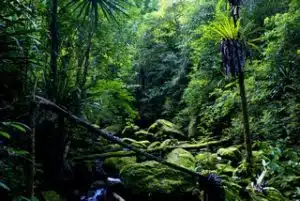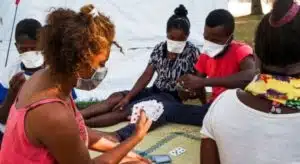According to oral tradition, this village gets its Malagasy name, “giver of life,” from a Teich, in which a deceased person was immersed for the needs of his funeral toilet and from which he would have emerged alive.
In the 18th century, the French established a trading post there, which they called Foulpointe, from Hopeful Point, the name given to the place by the English Pirate Thomas White.
Fortress Manda
This Merina citadel, the remains of which guard the northern entrance to the city, was built between 1822 and 1831. It is one of the five fortresses erected by Radama I to assert his sovereignty on the east coast against the French and English.
A circular enclosure of 6 meters in height and 4 meters thick at On a deep moat-doubled base, the four buildings of the Manda were protected: the officer’s residence, the troops’ barracks, the arsenal, and the prison.
Like in Ambohimanga, cement made from sand, crushed corals, and protein was used to join the stones. The fort was armed with English mortars, then with cannons cast by Jean Laborde in Mantasoa.
Abandoned after 1898, it became a hideout for bandits and during the 1947 uprising, a refuge for independence fighters and their families. This historical monument, gradually adapted for local construction needs, especially that of the local.
The RN5, dismantled in the 1950s, has been classified as a historical monument since 1975.
Mahavelona Cemetery
Marimbona with a pirogue under a beautiful forest canopy.
Soanierana Ivongo is a large city with 24-hour electricity and a modest port from where the ferries depart to Sainte-Marie. It serves as one of the departure points for the crossing to Sainte-Marie or the starting point of the infamous Extrempiste RN5 to Mananara Nord and Maroantsetra.
The Extrempiste RN5 ends at the Masoala Peninsula and is only accessible by Jeep. It offers breathtakingly beautiful landscapes and pristine rainforests.
The hotel options are limited, but during the day, you can take a pirogue up the Maharibona River and visit the clove distilleries. Explore the untouched beauty of the Masoala Peninsula and immerse yourself in the natural wonders of the region.
Betsimisaraka
According to tradition, Tovo, the first man, stole rice from the sky with the help of Noro, the youngest daughter of God whom he had seduced. Without her father’s knowledge, Noro carved a rice goose and revealed in her heart to the chosen one how to grow and prepare swamp rice or rain rice (vary horaka).
To punish the people for their audacity, the myth goes, God commanded wild boars, rats, and birds to come regularly and plunder the rice fields.
Nosy Akoho (Nosy Ilaintsambo)
The “Island of Chickens”, an ancient pirate hideout located near the Vohimasina fortress, is a Sacred place for the descendants of the Zana-Malata.
This small island was once a pirate cave before becoming a port.

One of their most important cemeteries is located there, with the graves of the Zafindrabe family from the dynasty of King Ratsimilaho (17th century).
Inside the island, there is a huge cast iron pot (about one meter in diameter) used to prepare royal meals during. The Zanamalata festival is still celebrated today and remains an object of worship, as people gather at the site of the pot.
On the reefs surrounding the island, Thomas White, the future father of King Ratsimilaho, ran aground before the love between a princess and a pirate gave rise to a Métis dynasty.
The Betsimisaraka come by pirogue to honor these brave ancestors and gather at the place where royal feasts were once prepared in huge cast iron pots, such as the one in the gardens of the prefecture in Fenoarivo.








